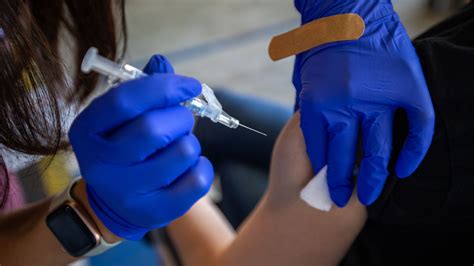Undescended testicle surgery, also known as orchiopexy, is a medical procedure designed to relocate a testicle that has not moved into its proper position in the scrotum. This condition, known as cryptorchidism, affects approximately 3% of full-term male infants and up to 30% of premature infants. The goal of the surgery is to bring the undescended testicle down into the scrotum, where it can function properly and reduce the risk of future complications.
Understanding Cryptorchidism
Cryptorchidism occurs when one or both testicles fail to descend from the abdomen into the scrotum during fetal development or early infancy. This condition can be unilateral, affecting one testicle, or bilateral, affecting both testicles. The exact cause of cryptorchidism is often unknown, but it is believed to be related to hormonal issues, genetic factors, or complications during pregnancy.
Risks Associated with Undescended Testicles
Untreated cryptorchidism can lead to several health issues, including:
- Infertility: Men with a history of undescended testicles may experience reduced fertility due to impaired sperm development.
- Testicular Cancer: There is an increased risk of developing testicular cancer in men who have had undescended testicles, although the overall risk remains low.
- Testicular Torsion: Undescended testicles are at a higher risk of torsion, a condition where the testicle twists, cutting off its blood supply.
- Trauma: Abdominal testicles are more susceptible to injury from trauma.
The Orchiopexy Procedure
Orchiopexy is typically performed on children between 6 to 18 months old, although it can be done at any age if the condition is diagnosed later. The surgery aims to preserve fertility potential, reduce the risk of testicular cancer, and improve testicular function by relocating the testicle to its normal position.
- Preparation: The surgery is usually performed under general anesthesia to ensure the child remains comfortable and still during the procedure.
- Incision: A small incision is made in the groin, and sometimes an additional incision near the belly button, depending on the testicle’s location.
- Locating the Testicle: The surgeon carefully locates the undescended testicle, which may be in the abdomen or elsewhere along the path of descent.
- Bringing Down the Testicle: The testicle is then gently brought down into the scrotum through the inguinal canal, a natural passage through which the testicles normally descend.
- Securing the Testicle: Once the testicle is in its correct position, it is secured to prevent it from moving back up. This is often done with absorbable sutures.
- Closure: The incisions are closed, usually with dissolvable stitches.
Post-Surgery Care and Recovery
After orchiopexy, children typically experience minimal discomfort and can return home the same day. Parents are advised to monitor for signs of infection, such as redness, swelling, or fever, and to follow the surgeon’s instructions for post-operative care.
- Pain Management: Mild pain can usually be managed with over-the-counter medications.
- Activity: Children can usually resume normal activities within a few days, though strenuous play or contact sports may need to be avoided for a couple of weeks.
- Follow-Up: Regular follow-up appointments with the surgeon are crucial to ensure the testicle has remained in place and is functioning properly.
Success Rates and Long-Term Outcomes
The success rate of orchiopexy is high, especially when performed early in life. The procedure significantly reduces the risk of complications associated with undescended testicles. However, it’s essential for individuals who have undergone orchiopexy to continue with regular check-ups and self-examinations as they grow older to monitor for any potential issues.
Conclusion
Undescended testicle surgery is a common and highly effective procedure for treating cryptorchidism. By understanding the risks associated with undescended testicles and the benefits of orchiopexy, parents and individuals can make informed decisions about their health. Early intervention is key to minimizing potential long-term complications and ensuring the best outcomes for fertility and overall health.
What are the risks of not treating an undescended testicle?
+Untreated undescended testicles can lead to infertility, increased risk of testicular cancer, and higher susceptibility to testicular torsion and trauma.
At what age is orchiopexy typically performed?
+Orchiopexy is usually performed between 6 to 18 months of age, but it can be done at any age if the condition is diagnosed later.
What is the success rate of orchiopexy?
+The success rate of orchiopexy is high, especially when the procedure is performed early in life, significantly reducing the risk of complications associated with undescended testicles.
In conclusion, understanding undescended testicle surgery and its implications is crucial for making informed decisions about health. By recognizing the importance of early intervention and the benefits of orchiopexy, individuals can take proactive steps towards minimizing potential complications and ensuring the best possible outcomes for their fertility and overall well-being.


